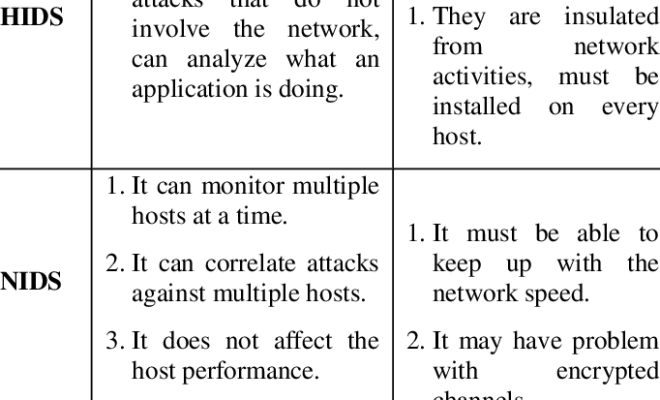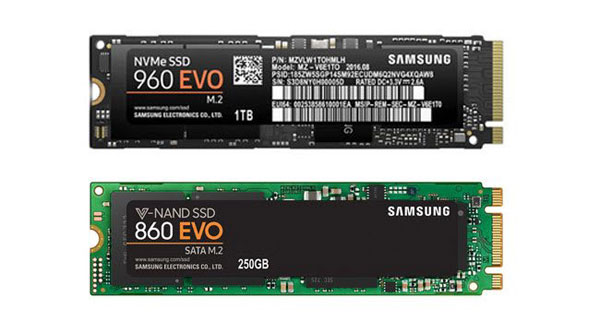Description of the Difference Between HIDs & NIDs

HIDs (Host Intrusion Detection Systems) and NIDs (Network Intrusion Detection Systems) are two types of intrusion detection systems used in cybersecurity to detect and prevent cyber attacks. The main difference between HIDs and NIDs is the scope of their monitoring and detection capabilities.
HIDs are installed on individual computers or servers and monitor the activity of the host system. They detect various types of intrusions, such as viruses, malware, spyware, and unauthorized access attempts. HIDs typically use signature-based detection methods that compare the behavior of the system with a known set of attack patterns.
NIDs, on the other hand, are deployed at the network level and monitor the traffic passing through the network. They detect suspicious behavior and anomalies in network traffic, such as port scanning, denial-of-service attacks, and unauthorized access attempts. NIDs analyze the network packets and use various detection methods, such as signature-based and anomaly-based detection, to detect and prevent attacks.
Another key difference between HIDs and NIDs is their deployment and management. HIDs are typically managed and monitored individually, while NIDs are managed centrally and monitor the entire network.
In summary, HIDs are used to detect and prevent threats and attacks at the host level, while NIDs are used to detect and prevent threats and attacks at the network level. Both systems are essential components of any comprehensive cybersecurity strategy, and their effective deployment can significantly strengthen an organization’s defense against cyberattacks.





